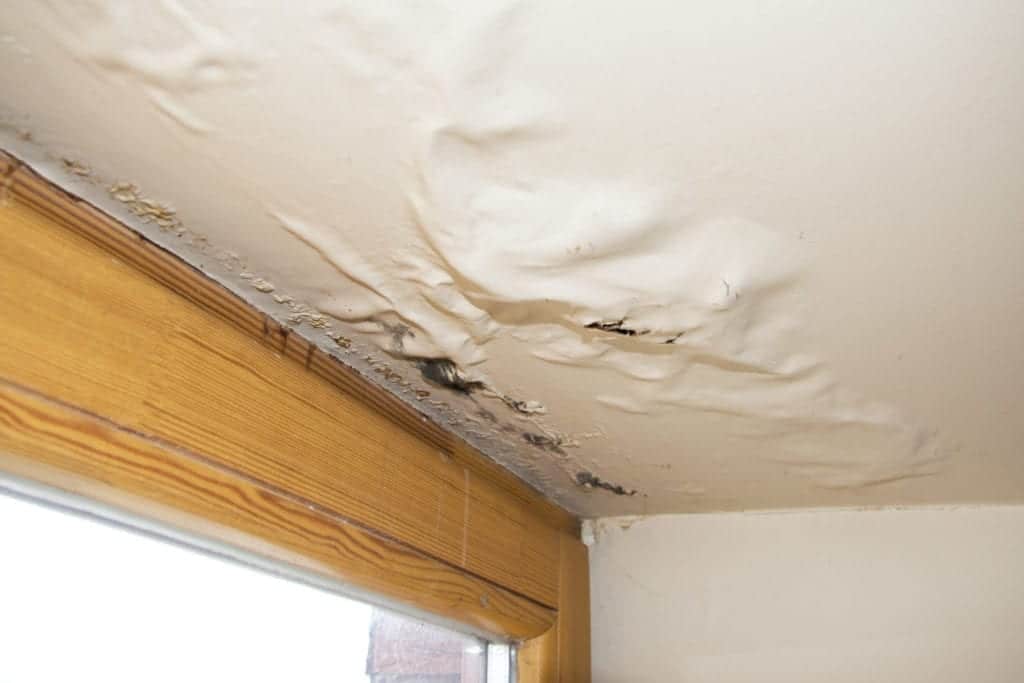6 Ways to Spot Covert Water Line Leaks Successfully
6 Ways to Spot Covert Water Line Leaks Successfully
Blog Article
In this article in the next paragraph you will discover a lot of sound material when it comes to Detecting hidden plumbing leaks.

Early detection of dripping water lines can mitigate a prospective disaster. Some tiny water leaks might not be noticeable.
1. Analyze the Water Meter
Every residence has a water meter. Inspecting it is a proven way that helps you discover leaks. For starters, shut off all the water sources. Guarantee nobody will flush, use the tap, shower, run the cleaning machine or dishwasher. From there, go to the meter and watch if it will certainly alter. Because nobody is utilizing it, there should be no motions. That indicates a fast-moving leakage if it moves. Likewise, if you identify no changes, wait an hour or two as well as inspect back again. This suggests you may have a sluggish leakage that can also be underground.
2. Check Water Consumption
If you identify abrupt changes, in spite of your usage being the very same, it suggests that you have leaks in your plumbing system. A sudden spike in your bill suggests a fast-moving leak.
At the same time, a constant rise every month, even with the same habits, shows you have a slow-moving leakage that's additionally gradually rising. Call a plumber to thoroughly check your home, especially if you feel a warm area on your floor with piping underneath.
3. Do a Food Coloring Test
30% comes from commodes when it comes to water intake. Test to see if they are running appropriately. Drop specks of food shade in the storage tank and wait 10 mins. If the shade somehow infiltrates your dish throughout that time without flushing, there's a leak in between the tank as well as bowl.
4. Asses Outside Lines
Do not forget to inspect your outdoor water lines as well. Needs to water permeate out of the link, you have a loose rubber gasket. One tiny leakage can lose heaps of water as well as spike your water bill.
5. Assess the scenario and also examine
Home owners ought to make it a behavior to check under the sink counters and also also inside cupboards for any type of bad odor or mold and mildew growth. These two red flags suggest a leakage so timely interest is required. Doing routine inspections, even bi-annually, can conserve you from a significant problem.
If you know your residence is already old, maintain a careful eye on your heaters, hose pipes, pipes and so on. Look for discolorations and also compromising as many pipes and home appliances have a life expectancy. They will certainly also normally wear away because of tear and also put on. Do not wait for it to escalate if you presume dripping water lines in your plumbing system. Call an expert plumber immediately so you don't wind up with a dreadful mess in your house.
Early detection of leaking water lines can reduce a potential catastrophe. Some small water leaks may not be noticeable. Examining it is a proven method that helps you find leaks. One little leakage can lose tons of water as well as increase your water expense.
If you believe dripping water lines in your plumbing system, do not wait for it to rise.
WARNING SIGNS OF WATER LEAKAGE BEHIND THE WALL
PERSISTENT MUSTY ODORS
As water slowly drips from a leaky pipe inside the wall, flooring and sheetrock stay damp and develop an odor similar to wet cardboard. It generates a musty smell that can help you find hidden leaks.
MOLD IN UNUSUAL AREAS
Mold usually grows in wet areas like kitchens, baths and laundry rooms. If you spot the stuff on walls or baseboards in other rooms of the house, it’s a good indicator of undetected water leaks.
STAINS THAT GROW
When mold thrives around a leaky pipe, it sometimes takes hold on the inside surface of the affected wall. A growing stain on otherwise clean sheetrock is often your sign of a hidden plumbing problem.
PEELING OR BUBBLING WALLPAPER / PAINT
This clue is easy to miss in rooms that don’t get much use. When you see wallpaper separating along seams or paint bubbling or flaking off the wall, blame sheetrock that stays wet because of an undetected leak.
BUCKLED CEILINGS AND STAINED FLOORS
If ceilings or floors in bathrooms, kitchens or laundry areas develop structural problems, don’t rule out constant damp inside the walls. Wet sheetrock can affect adjacent framing, flooring and ceilings.
https://www.servicemasterbyzaba.com/blog/how-to-detect-water-leakage-in-walls/

We are very curious about Top leak detection hacks and I'm hoping you liked our post. In case you enjoyed reading our post if you please don't forget to share it. I truly appreciate reading our article about Leaking water lines.
Request A Quote Report this page